Foundations of senior wellness and preventive care
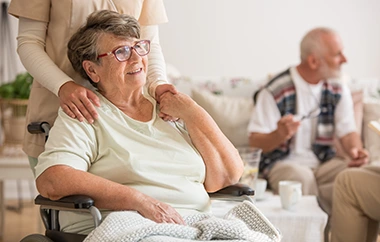
Physiological changes associated with aging
The aging process involves a series of metabolic and cellular changes. Muscle mass may decrease, a condition known as sarcopenia, while bone density can diminish, increasing the risk of osteoporosis and fractures.
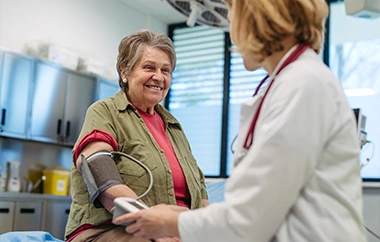
The importance of regular health screenings
Preventive care is crucial for early detection of health issues. Regular screenings for blood pressure, cholesterol, bone density, and certain cancers allow for timely intervention and management of chronic conditions.

Cognitive function and brain health maintenance
Maintaining cognitive health involves continuous mental stimulation and social engagement. Activities that challenge the brain can help support neural pathways, while social interaction combats feelings of isolation.
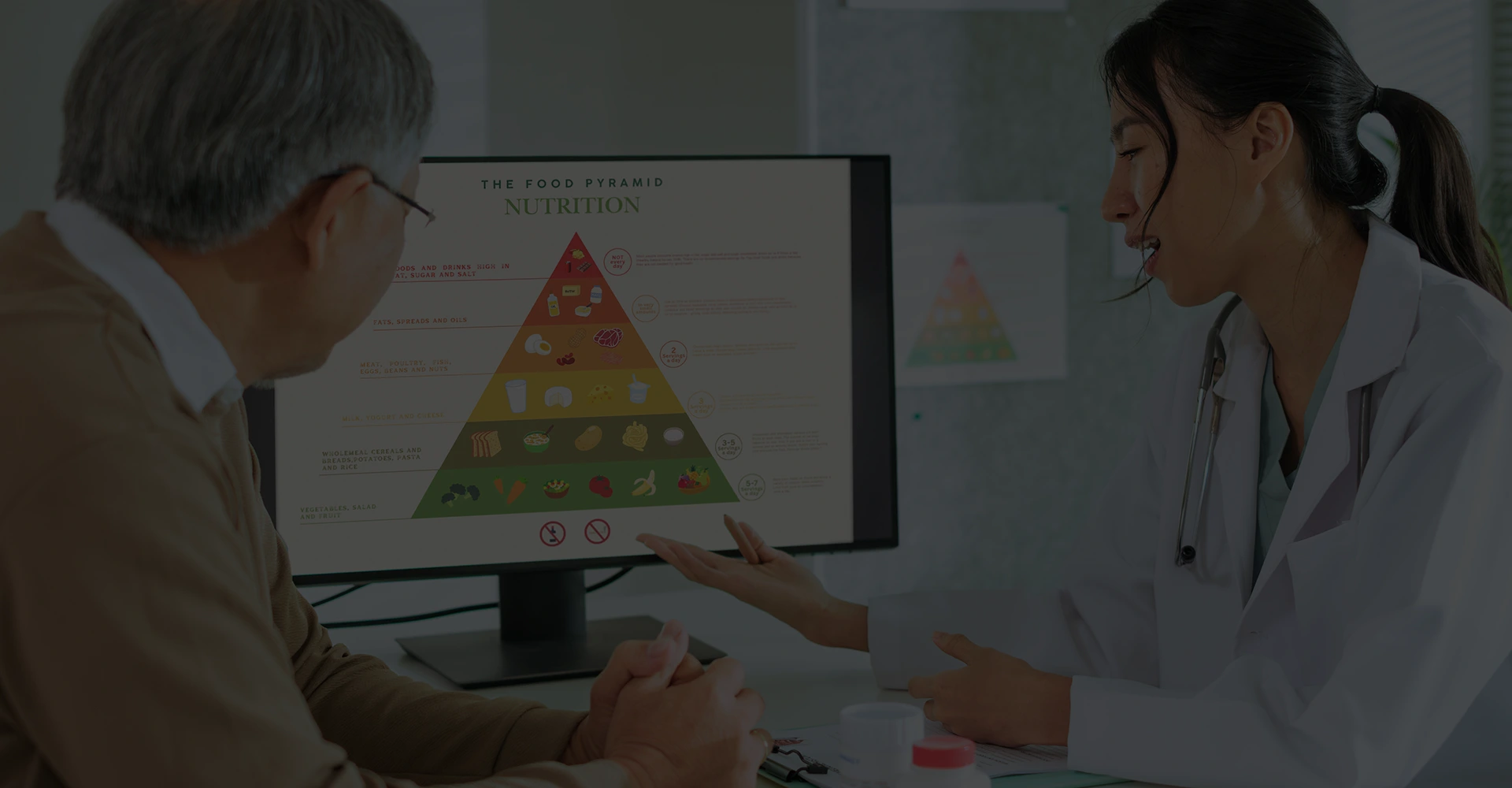
Nutritional requirements for aging adults
Adjusting macronutrient intake
As metabolic rates slow, caloric needs may decrease, but the demand for nutrient-dense foods increases. A focus on lean protein is essential to counteract muscle atrophy and support tissue repair.
The role of micronutrients and hydration
Vitamins and minerals, such as calcium and Vitamin D for bone health, play a vital role. Adequate hydration is also critical as the sense of thirst can diminish with age, increasing the risk of dehydration.
Dietary fiber for digestive health
A diet rich in fiber from whole grains, fruits, and vegetables supports proper digestive function. It aids in maintaining regular bowel movements and can contribute to managing blood sugar levels and cholesterol.
Adapted physical activity for mobility and strength
Regular physical activity is fundamental to preserving functional fitness and independence in older adults. Tailored exercise programs address specific needs related to balance, strength, and flexibility, mitigating the risks associated with a sedentary lifestyle.
Strength training to combat muscle loss
Resistance exercises, using weights or body weight, help maintain and build muscle mass. This is vital for supporting metabolism, improving stability, and performing daily tasks with ease.
Balance exercises to reduce fall risk
Activities that challenge stability, such as tai chi or specific balance drills, are crucial for preventing falls. Improving proprioception helps the body maintain an upright posture during movement.
Low-impact cardiovascular activities
Exercises like swimming, water aerobics, or stationary cycling enhance cardiovascular health without putting excessive strain on the joints. These activities improve circulation and endurance.
Medication management and professional care coordination
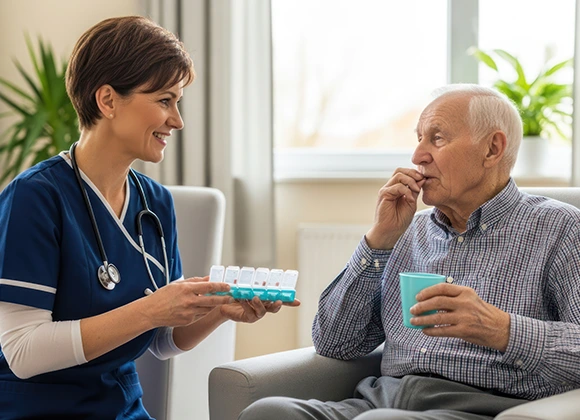
As individuals age, they may manage multiple health conditions, often requiring several medications. This situation, known as polypharmacy, necessitates careful organization and communication with healthcare providers to avoid adverse drug interactions and ensure treatment efficacy.
Enhancing overall well-being and life quality

The impact of mental and social engagement
Well-being extends beyond physical health to encompass mental and emotional states. Active participation in hobbies, community groups, or volunteer work provides a sense of purpose and fosters social connections that are essential for emotional resilience.
Cognitive stimulation through lifelong learning helps maintain mental sharpness. Engaging in new activities or skills challenges the brain and can support cognitive reserves. A positive outlook and effective stress management techniques are also key components of a high quality of life.
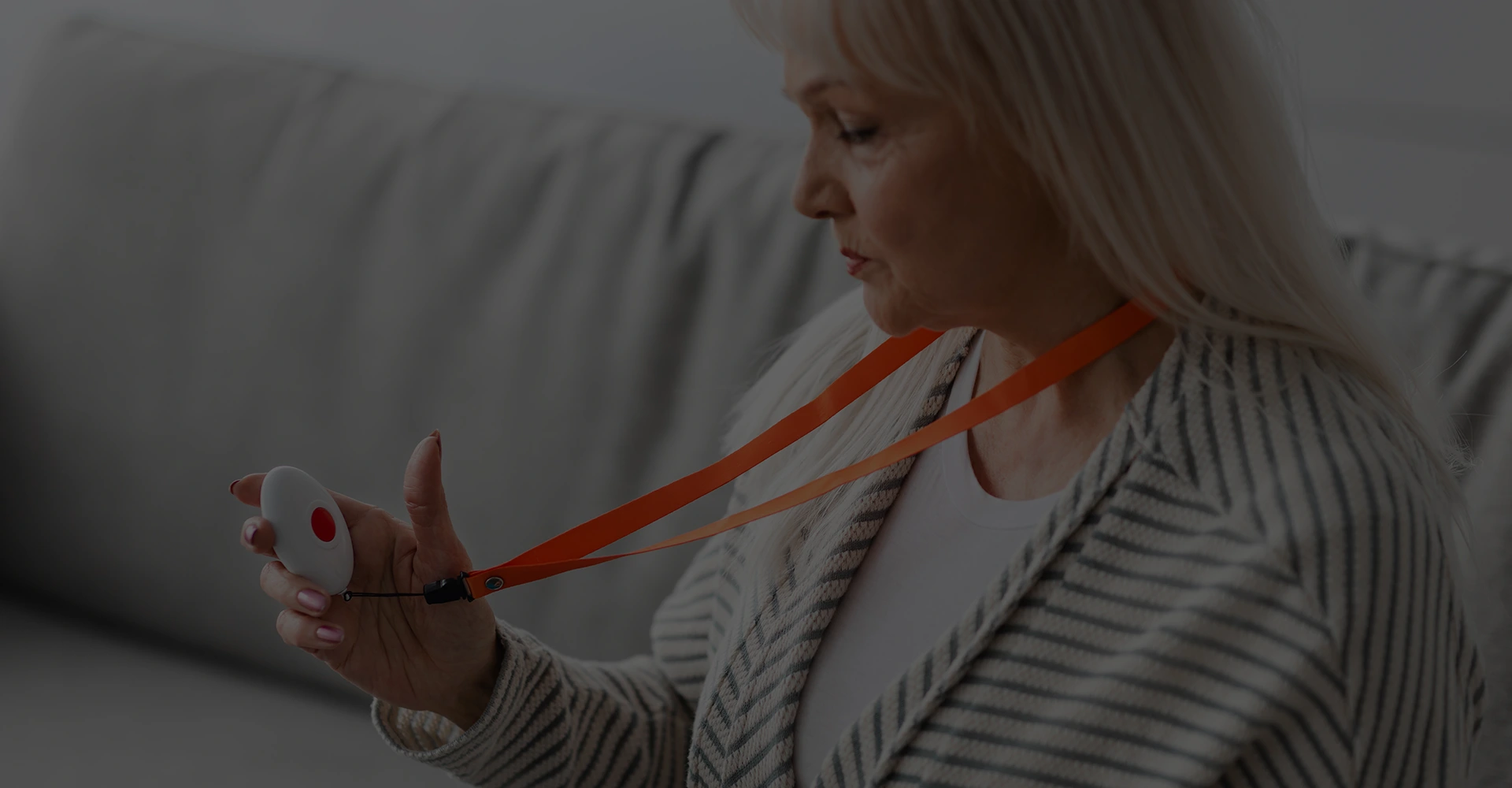
Fostering autonomy through support systems and environment
Maintaining independence is a primary goal for many seniors. This is often achieved through a combination of personal resilience, strong community ties, and an environment adapted to changing needs. Support systems can include family, friends, and local services that provide assistance with transportation or daily chores, allowing individuals to remain in their homes. Home modifications, such as installing grab bars in bathrooms or improving lighting, significantly reduce fall risks and enhance safety. Assistive technology, from medication reminders to emergency alert systems, also plays a crucial role in supporting autonomy while providing peace of mind for individuals and their caregivers.
Integrating technology for health monitoring and support
Modern technology offers valuable tools for managing health in later life. Wearable devices can track physical activity and vital signs, providing useful data for both individuals and their healthcare providers. Telehealth services facilitate remote consultations, making it easier to access medical advice.
Digital applications can assist with medication schedules, cognitive exercises, and connecting with social networks. These technologies are designed to be user-friendly, offering a practical way to enhance safety, health management, and communication. The adoption of these tools can empower seniors to take a more active role in their own care and well-being.
